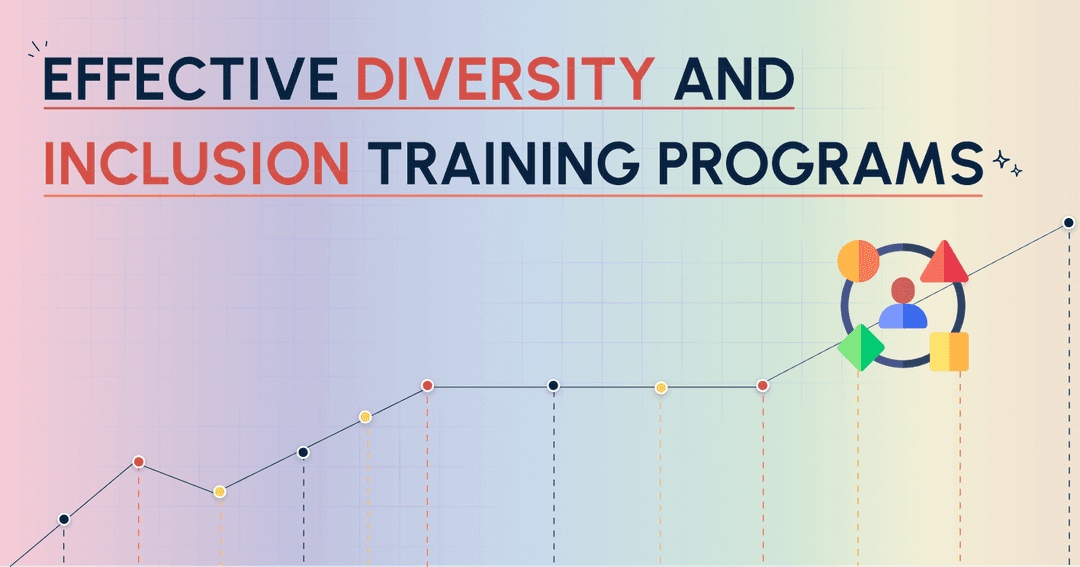
A survey on Global Diversity and Inclusion by PWC reflected that about 75% of respondents state that their top priority is diversity, equity, and inclusion (DEI), yet only 4% of them say that they are actually succeeding in such DEI initiatives.
This highlights the importance of effective and successful diversity and inclusion training programs. Embracing diverse perspectives helps also ensure that every employee feels included, strengthening their morale and loyalty towards the company and helping in fostering innovation.
So, understanding the components of an effective diversity and inclusion training program further helps with organizational goals like attracting top talent, improving employee engagement and satisfaction, and boosting productivity.
Diversity and Inclusion Training refers to training employees and educating them about how to be more accepting towards the different cultures, racial diversity, gender identity, and sexual orientations and cultivate a sense of inclusion and belongingness regardless of the differences showing great effectiveness of diversity training within the organizations. These differences can be cultural perspectives or other conventionally frowned upon beliefs, and so on. In doing this, it helps employees respect each other in a workplace and come together and collaborate their efforts to boost the overall productivity and success of a company.
Diversity training programs help employees develop strategies to be able to make decisions and communicate with others by recognizing and accepting their biases and working on mitigating that at the workplace, creating a more inclusive environment and satisfying workplace for employees to return to.
Some groups in organizations are mandated to comply with the DEI initiatives and policies of the company, though some are to comply with it and all the employees tend to benefit from the same. This includes:
Everyone needs to participate: It is simply understood that the entire workforce must attempt to participate in such DEI activities and initiatives. This helps create a company culture that is more promising and promises more effectiveness, successfully creating a more inclusive workplace.
HR Professionals: The key people who are involved with instilling such values of inclusivity within an organization are the ones involved in hiring and other talent management practices.
Managers and Team Leaders: They are primarily responsible for creating and maintaining a more respectful and inclusive atmosphere within the organization and their own teams.
Executives and Senior Leadership: As role models, the leaders need to make sure to set a tone and an approach towards more togetherness and inclusivity within an organization.
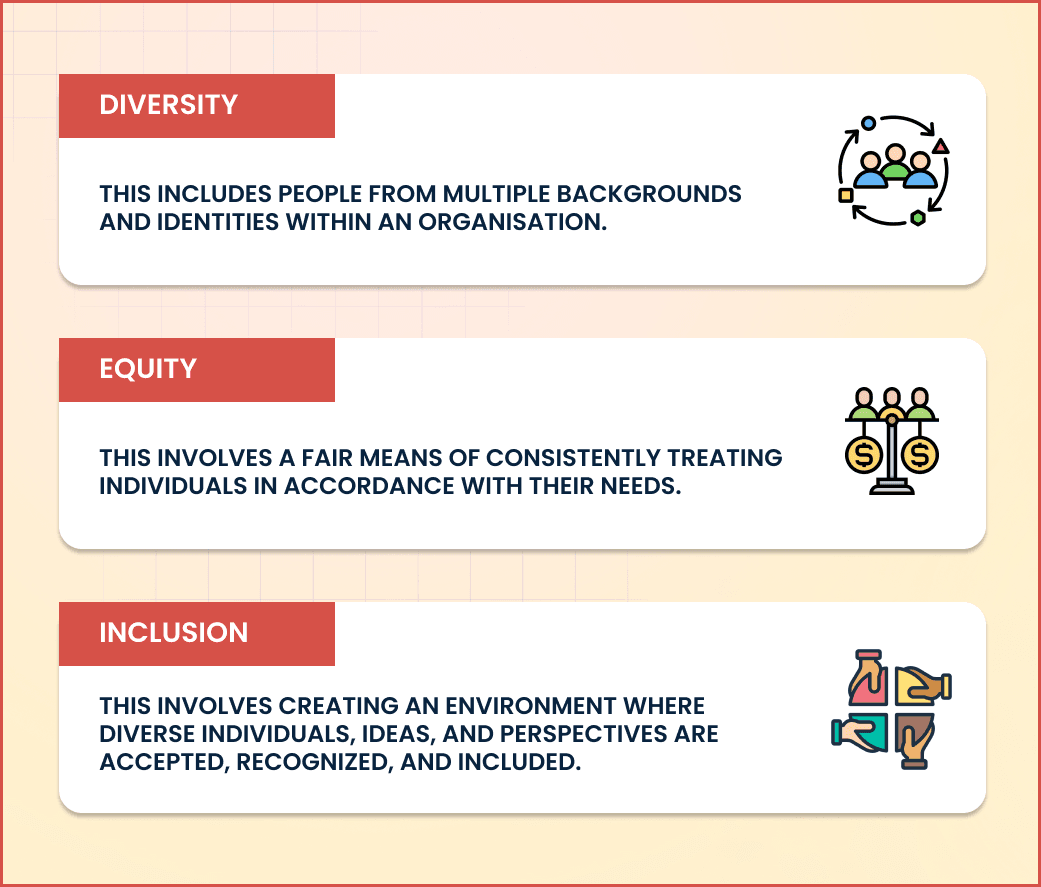
The numerous benefits for both the organization and its employees to foster an inclusive workplace, and it is important to understand the importance of such DEI training programs and the goals of diversity training:
A workplace that intends to have elevated employee engagement must instill such DEI initiatives to contribute to making employees feel like they belong. This completely helps in reducing the overall turnover, with employees deciding to stay with the company because they feel like they are valued, recognized, and accepted.
According to Deloitte, there are benefits of diversity for the company and this also leads to employees feeling more motivated and improves their overall performance and engagement in the organization.
When there is a sense of belonging and safety within the organization and amidst the employees as well, where they express their ideas and experiences and their unique perspectives promoting a more inclusive behavior, which will help foster a workplace that encourages a more collaborative and solution-oriented company culture.
The very reason for such initiatives is to mitigate any means of bias, whether conscious or unconscious, and other prejudices. So, such initiatives educate the different employees within the organization to have respectful interaction with all team members and foster a healthier working environment.
Effective training courses include all aspects of diversity and enhances the overall brand’s reputation as it has such a positive and healthy outlook of the company that makes sure to conduct such practices and initiatives. This also represents a level of social responsibility and spreads a message of inclusivity and acceptance; this also helps attract potential employees.
Some places have laws that are very clear on protection against workplace discrimination. Such DEI training provides access to opportunities and helps contribute to such formulated laws as well and reduces the risk of discrimination. Such training will educate the employees on how to respect and accept different perspectives and backgrounds and still work together effectively.
Some examples and different types of diversity training and inclusion strategies that are done in various organizations as a means to encourage inclusivity and acceptance of diversity are:
Mitigation of such unconscious bias is one of the core reasons why such diversity training is conducted. So, in such workshops, employees, with the help of training, identify their unconscious biases and learn how to mitigate them. This can encourage a level of self-reflection and understanding of personal biases and provide strategies for managing and reducing this bias and creating a more inclusive organization. This helps create an elevated sense of employee satisfaction and with the inclusion training strategies they help create a more conscientious employee.
The key metric to this is to focus on educating employees about the comprehensive diversity in cultures and prevent any cultural misunderstandings that can happen in the workplace. So, such training helps mitigate any means of misunderstanding due to differences in culture and instills that needed diversity awareness.
Employee Resource Groups are like a support group where everyone gets an opportunity to share their side of the story, experiences, and cultural insights and support each other through it all. Such a space promotes a sense of safety and support within the minds of the employees.
Hosting events that celebrate the diversity within your organization is, yet another means to ensure more acceptance for workplace diversity within your organization. This can be done by celebrating major events like Pride Month, Eid, and more. This encourages the employees to contribute and participate in such different events and accept them, creating a more equitable workplace with such inclusion programs.
Under the different types of diversity training, this can be an increasingly effective means of training, helping to maintain a very respectful approach between employees for each other's languages and cultures. This will help them learn how to use gender-neutral language, use culturally sensitive language, and more creating a more inclusive work environment.
Creating an effective Diversity and Inclusion training program does require methodical plans and commitment. From conducting surveys, focus groups, and audits to also understanding the state of diversity, equity, and inclusion in an organization, these are what primarily help create such an effective program.
Such customizable surveys will also help in gauging an employee’s perception of inclusivity within the workplace diversity within the company, and compensation must be paid without any such biases.
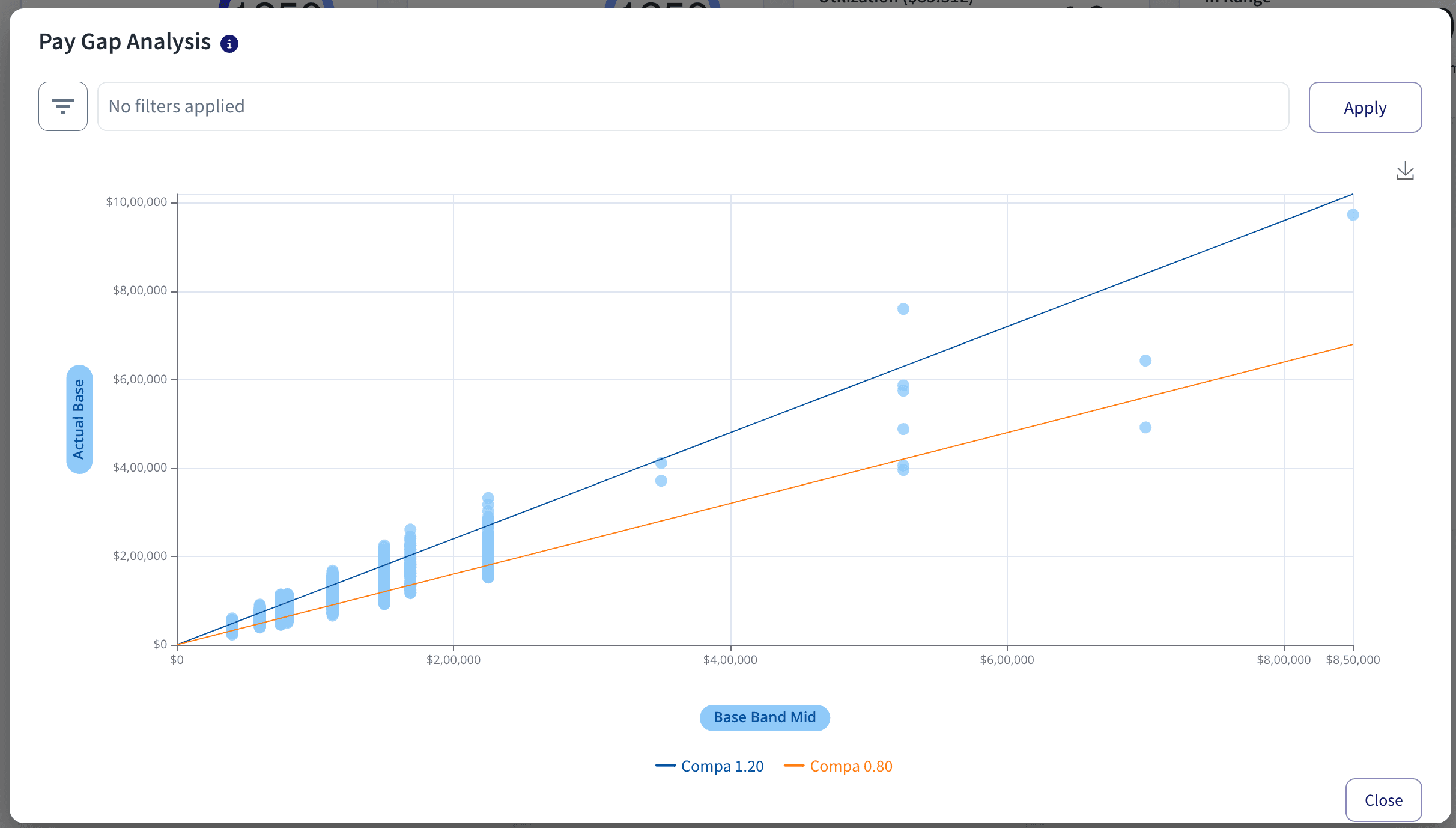
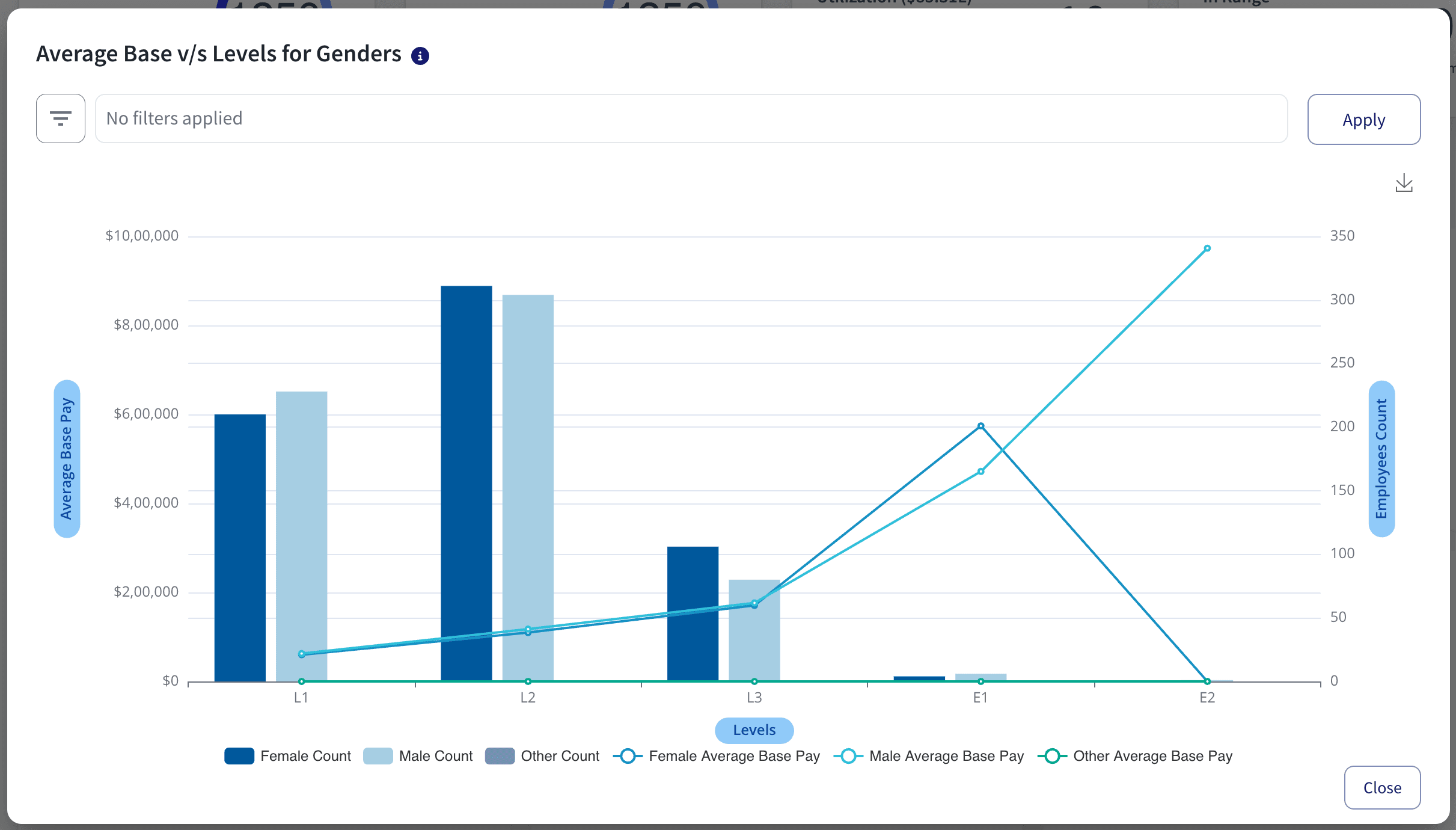
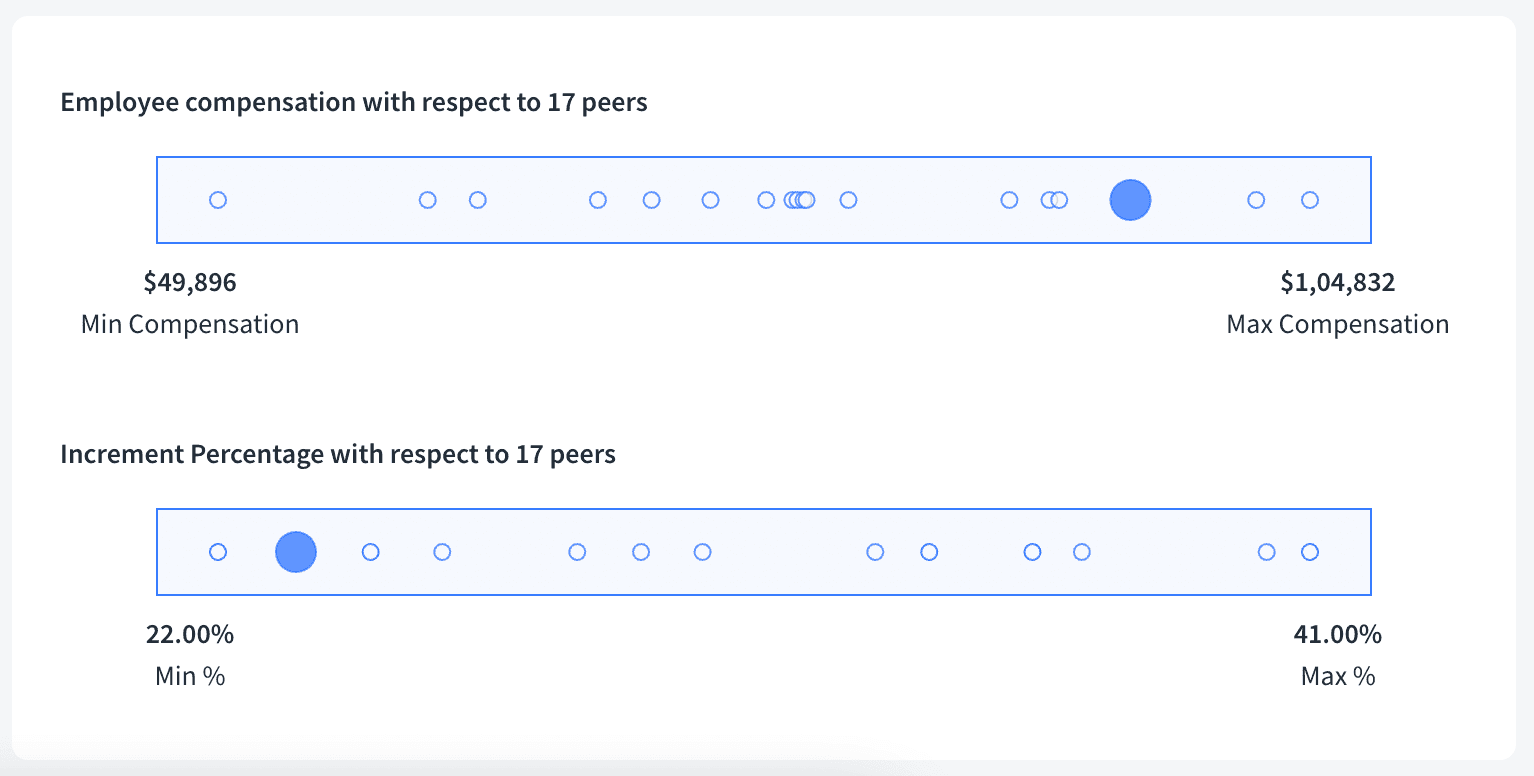
Inclusion of all the diversity is the very foundation of creating a healthy workplace. An effective DEI training program and other inclusion training courses are the key to creating such a space of work where respect and acceptance are elevated. No one should fall prey to prejudices and stereotypes on the basis of anything, and so it is important for employees to talk about and resolve such differences and cultivate a mindset of acceptance and spreading cultural sensitivity.
Try the platform here to understand how CompUp can help you make data-driven and bias-free pay decisions.
Revolutionizing Pay Strategies: Don't Miss Our Latest Blogs on Compensation Benchmarking